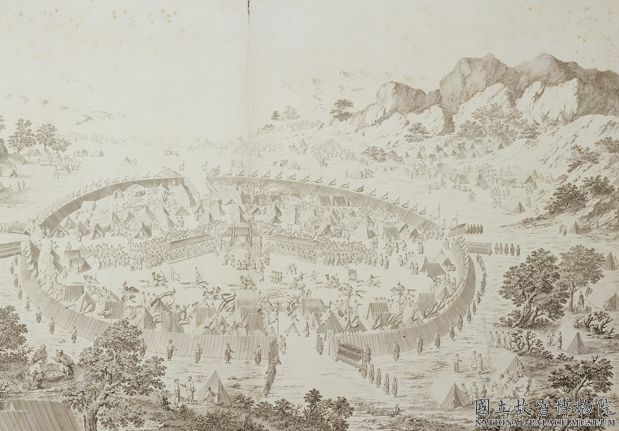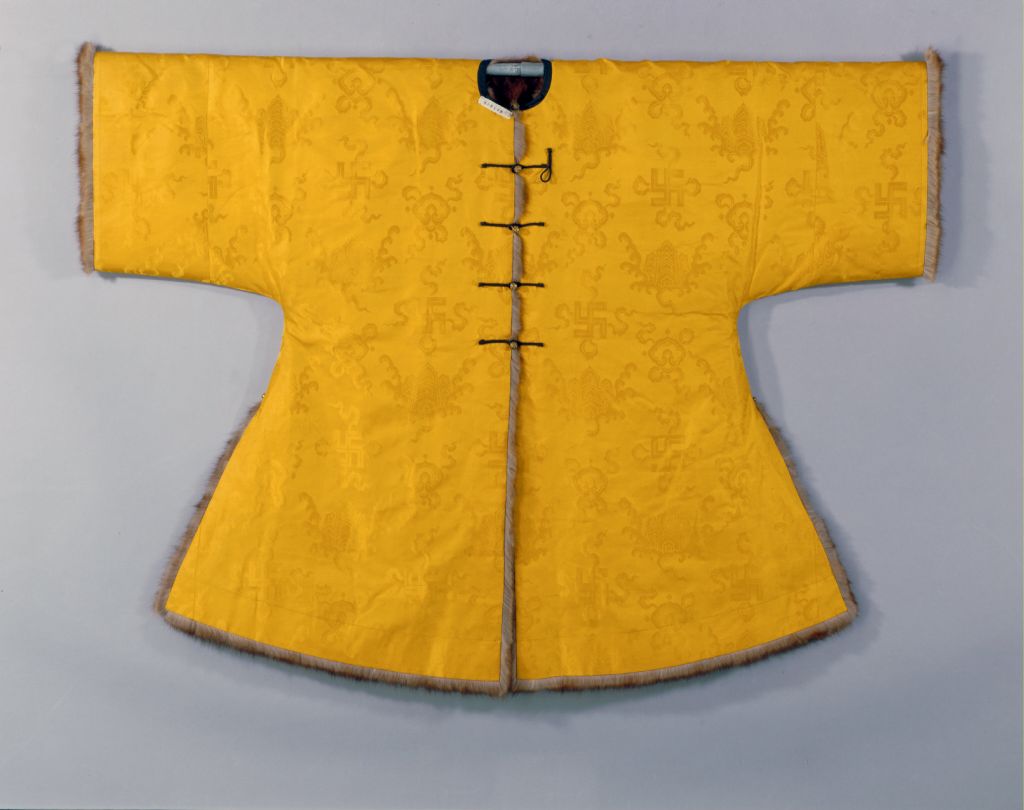[Green Bamboo Carved Nine Lions Bamboo Joint Penholder]
Green Bamboo Carved Nine Lions Bamboo Joint Penholder, mid Qing Dynasty, 13.5 cm high, with a maximum caliber of 9 cm
The pen holder is round and retains natural bamboo knots. The outer wall is carved with a scene of nine lions playing together in Liuqing method, dotted with rockery and lake stones. Nine lions are different in size and demeanor. Their images are exaggerated, vivid and decorative, which are typical of traditional plastic arts. Its hair can be counted, and its eyes are cleverly marked with a burning method. The yin and yang of the lake stone are distinctly different from each other, with a strong three-dimensional sense. “Using knots to divide the pattern into regions, and using their broad and narrow differences to form the beauty of curve changes, they are ingenious and skilled.”. The so-called “nine lion cohabitation” harmonizes the sound of “nine generations cohabitation”. It is recorded that when Emperor Gaozong of the Tang Dynasty granted Mount Taishan the title, he went to Zhang Gongyi’s home and mentioned that it was not easy for him to live together with nine generations. He asked him to talk about the details. Zhang Gongyi wrote a hundred characters for “tolerance”, and after submitting them, Emperor Gaozong believed that they were very reasonable and gave him a silk frame. Later generations used the playful nine lions to represent “nine generations living together”, becoming one of the patterns with auspicious meanings
The green carving process uses the reserved bamboo surface to express the pattern, and removes the remaining parts to expose the bamboo muscle as a ground, also known as leather carving. This technique reached its peak in the Qing Dynasty, and can be divided into layers using Qing Yun’s “more and less” technique, creating an effect similar to using a pen to divide ink into five colors. This can be seen from the pen holder
![图片[1]-Bamboo Penholder with Nine Lions in Green Bamboo Carving-China Archive](https://chinaarchive.net/Warring States period/Bamboo and wood tooth gourd/50016[1024].jpg)

![[Qing Dynasty] British female painter—Elizabeth Keith, using woodblock prints to record China from the late Qing Dynasty to the early Republic of China—1915-China Archive](https://chinaarchive.net/wp-content/uploads/2022/11/image-191x300.png)



